Largest Coast Guard Ship
While Japan as an impressive navy, the Japan Maritime Self Defense Force (JMSDF), it is fair to say the Japan Coast Guard (JCG) is also one of the largest and highly capable coast guards in the world.
Out of the 470+ ships under command, 144 are patrol vessels that police the territorial waters for any illegal activities or foreign challenges. One ship that stands out is the “Shikishima-class” Patrol Vessel which was once the world’s largest coast guard ship until it was surpassed by a Chinese one in 2015.
- General Overview
| Displacement | 6,500 tons (standard) |
| Length | 150m (492ft) |
| Beam | 16.5m (54.1ft) |
| Crew | 110 people + 30 aviation crew |
| Speed | 25 knots (46.3km/h, 28.8mph) |
| Cruising range | 37,000km/22,990miles |
| Armament | 35mm Twin Cannon×2 20mm Cannon×2 |
| Aircraft | AS.322 Helicopter×2 |
| Unit Price | 350 million USD |
Entering service in 1992, the 6,500-ton Shikishima outweighed any other patrol vessels in the JCG, with its 35mm and 20mm cannons being more than enough for normal police duties.
The 35mm guns boast a firing rate of 550 rounds per minute and a maximum range of approximately 5km/3miles, making the ship extremely well-armed though its sister-ship built in 2013 was issued with a 40mm cannon.
In addition to these armaments, an anti-aircraft radar was installed on the ship, reinforcing its conspicuousness within the coast guard fleet. The radar was in fact a modified version of the ones used on JMSDF destroyers at the time, indicating just how much Shikishima was valued by the JCG.
Designed To Escort Plutonium
So, why was the Shikishima patrol vessel deemed so important?
Interestingly, Shikishima was built to fulfill one specific purpose – to escort ships carrying plutonium to Japan.
To elaborate a little, Japan has a long put emphasis on nuclear energy as a solution to its resource-poor circumstances. In order to achieve a sustainable cycle, nuclear fuel used at Japanese power plants was to be sent to the United Kingdom and France to be separated into reusable plutonium and radioactive waste.
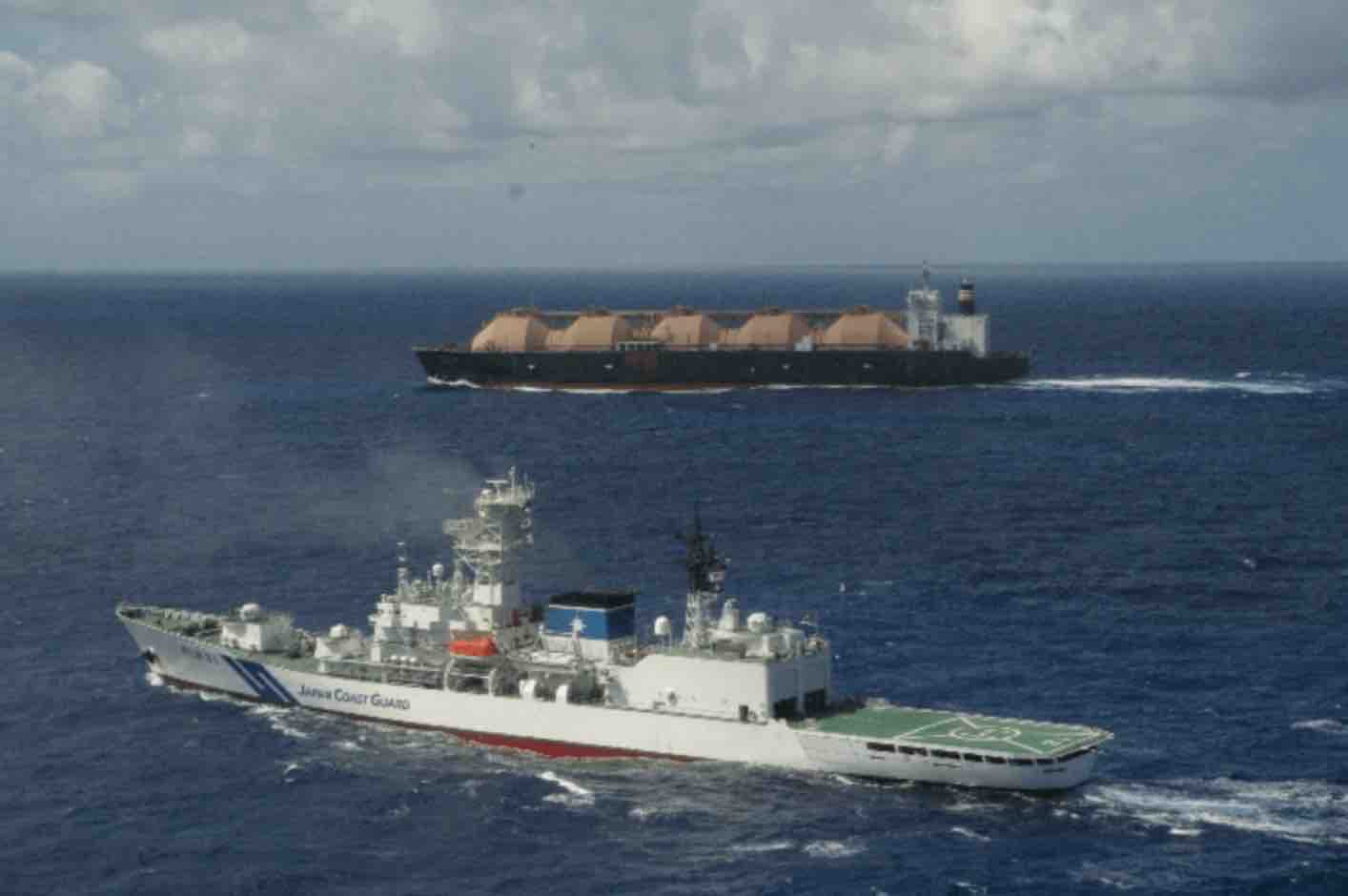 Built to escort nuclear fuel (photo: JCG)
Built to escort nuclear fuel (photo: JCG)
The reprocessed plutonium would then be transferred back to Japan and used for generation. This “Pluthermal Cycle Concept” was regarded as a national project and expected as a dream idea resolving Japan’s energy problem.
But, since transporting plutonium is not the same as delivering other commodities, security measures became a top priority, with the United States especially voicing concerns over the risk of terrorist attacks and the seizure of plutonium.
As such, the patrol vessel Shikishima was constructed to undertake the unique task of escorting plutonium Europe to Japan.
Long Operational Capacity
To escort reprocessed plutonium over a 20,000km/12,500mile journey, Shikishima’s design is actually closer to naval vessels than conventional coast guard ships, with the bridge windows and many exterior components being bulletproof.
Another interesting feature is that the crew roster only lists a handful of officers and is barely known even within the JCG organization to prevent any information leaks.
Of course, as a JCG vessel responsible for maritime rescue, the ship is also equipped with two helicopters, two small patrol boats, and two all-weather try rescue boats, ensuring enough abilities for even the most difficult rescue operations.

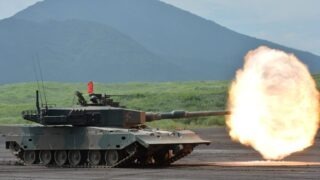

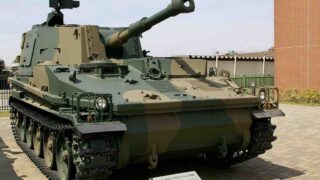
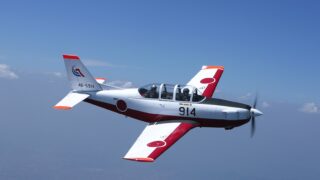
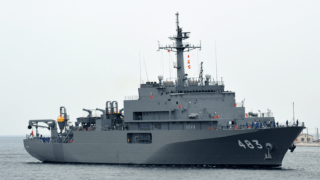
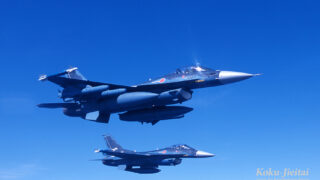




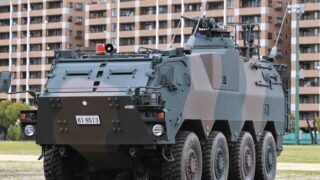
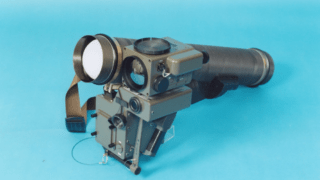
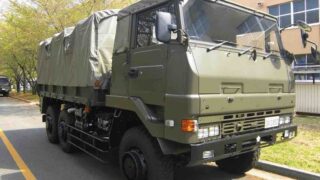
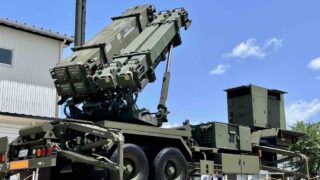
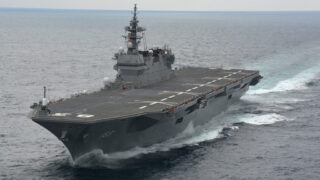

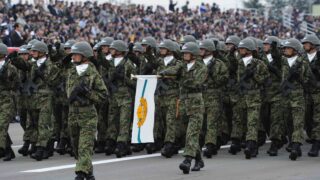
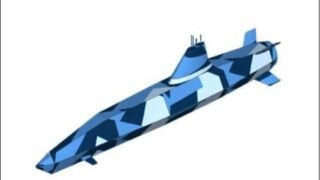
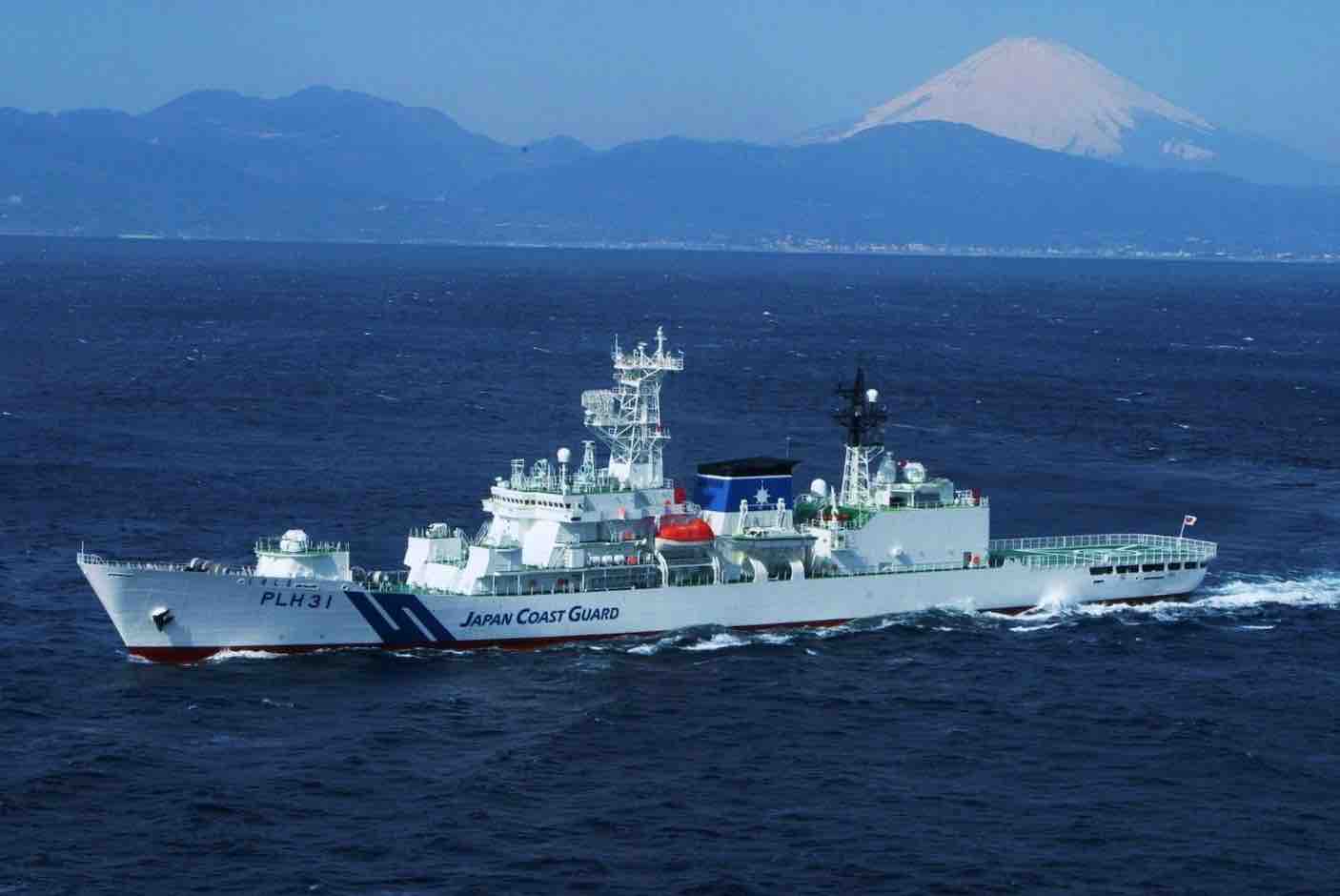
Comments